Energy 126 kJ (30 kcal) Sugars 1.7 g Fat 0.2 g | Carbohydrates 10.5 g Dietary fiber 2.8 g Protein 0.7 g | |
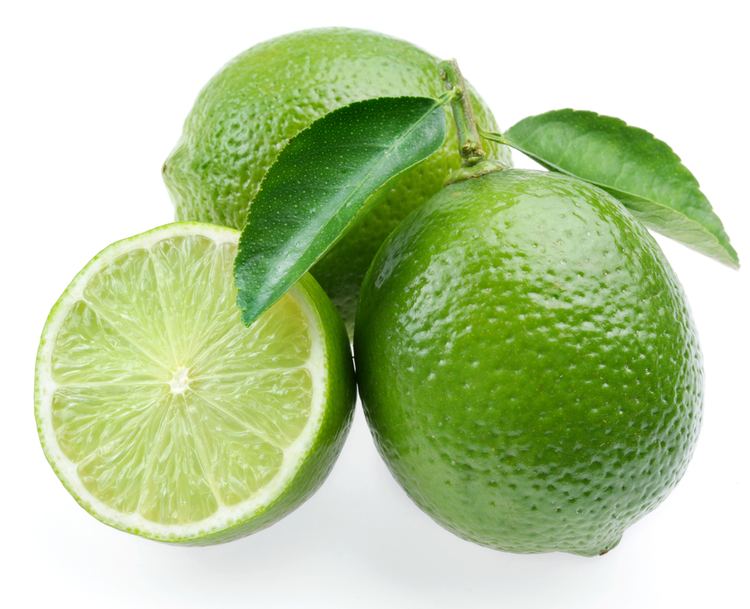 | ||
Similar Lemon, Fruit, Orange, Coriander, Juice | ||
A lime (from French lime, from Arabic līma, from Persian līmū, "lemon") is a hybrid citrus fruit, which is typically round, lime green, 3–6 centimetres (1.2–2.4 in) in diameter, and containing acidic juice vesicles. There are several species of citrus trees whose fruits are called limes, including the Key lime (Citrus aurantifolia), Persian lime, kaffir lime, and desert lime. Limes are an excellent source of vitamin C, and are often used to accent the flavours of foods and beverages. They are grown year-round. Plants with fruit called "limes" have diverse genetic origins; limes do not form a monophyletic group.
Contents
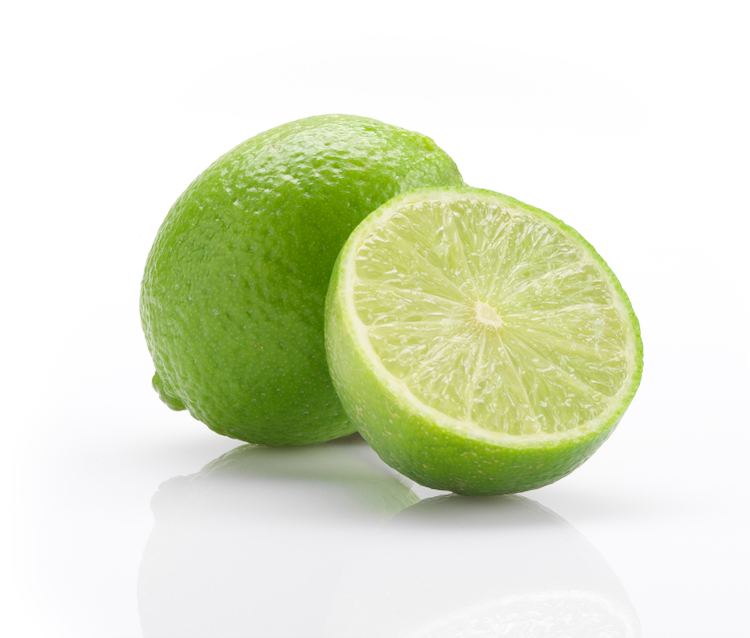
Plants known as "lime"
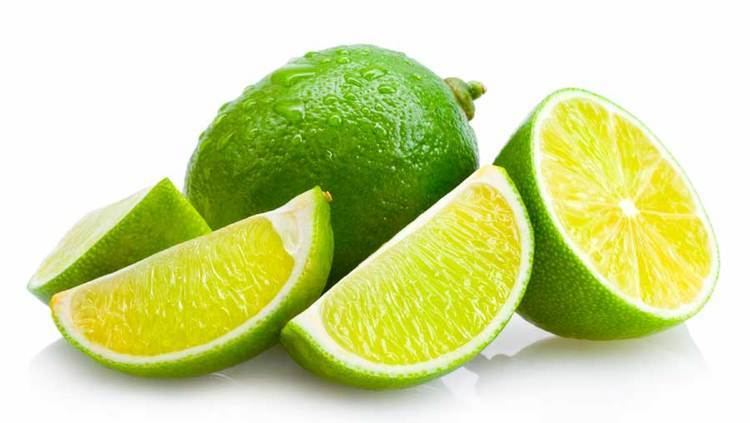
The difficulty in identifying exactly which species of fruit are called lime in different parts of the English-speaking world (and the same problem applies to homonyms in other European languages) is increased by the botanical complexity of the citrus genus itself, to which the majority of limes belong. Species of this genus hybridise readily, and it is only recently that genetic studies have started to throw light on the structure of the genus. The majority of cultivated species are in reality hybrids, produced from the citron (Citrus medica), the mandarin (Citrus reticulata) and the pomelo (Citrus grandis).
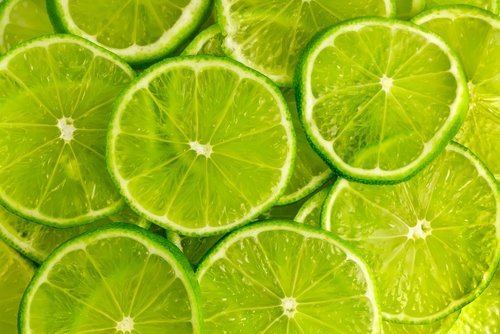
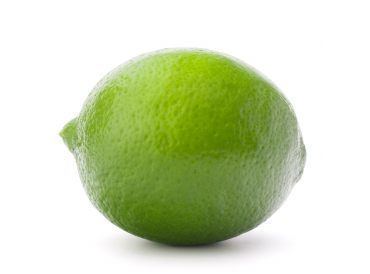
Note that the tree species known in Britain as lime trees (Tilia sp.), called linden in other dialects of English, are broadleaf temperate plants unrelated to the citrus fruits.
History
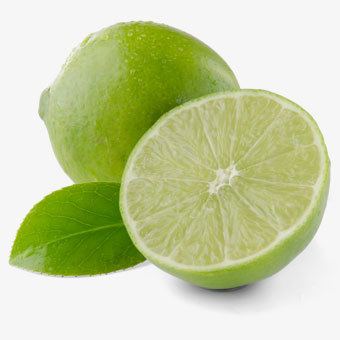
Although the precise origin is uncertain, wild limes are believed to have first grown in Indonesia or Southeast Asia, and then were transported to the Mediterranean region and northern Africa around 1000 CE.
To prevent scurvy during the 19th century, British sailors were issued a daily allowance of citrus, such as lemon, and later switched to lime. The use of citrus was initially a closely guarded military secret, as scurvy was a common scourge of various national navies, and the ability to remain at sea for lengthy periods without contracting the disorder was a huge benefit for the military. The British sailor thus acquired the nickname, "Limey" because of their usage of limes.
Production
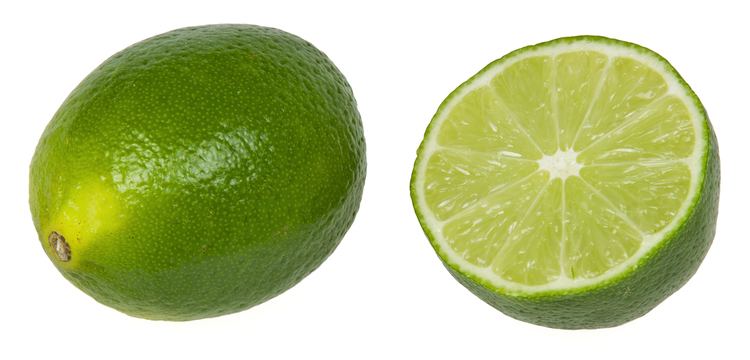
In 2013, the total world production of lemons and limes was 15.42 million tonnes, with India leading production of 2.52 million tonnes (table).
Uses
Limes have higher contents of sugars and acids than do lemons.

Lime juice may be squeezed from fresh limes, or purchased in bottles in both unsweetened and sweetened varieties. Lime juice is used to make limeade, and as an ingredient (typically as sour mix) in many cocktails.
Lime pickles are an integral part of Indian cuisine. South Indian cuisine is heavily based on lime; having either lemon pickle or lime pickle is considered an essential of Onam Sadhya.
In cooking, lime is valued both for the acidity of its juice and the floral aroma of its zest. It is a common ingredient in authentic Mexican, Vietnamese and Thai dishes. It is also used for its pickling properties in ceviche. Some guacamole recipes call for lime juice.
The use of dried limes (called black lime or loomi) as a flavouring is typical of Persian cuisine and Iraqi cuisine, as well as in Persian Gulf-style baharat (a spice mixture that is also called kabsa or kebsa).
Lime is an ingredient of many cuisines from India, and many varieties of pickles are made, e.g. sweetened lime pickle, salted pickle, and lime chutney.
Key lime gives the character flavoring to the American dessert known as Key lime pie. In Australia, desert lime is used for making marmalade.
Lime is an ingredient in several highball cocktails, often based on gin, such as gin and tonic, the gimlet and the Rickey. Freshly squeezed lime juice is also considered a key ingredient in margaritas, although sometimes lemon juice is substituted.
Lime extracts and lime essential oils are frequently used in perfumes, cleaning products, and aromatherapy.
Nutrition and research
Raw limes are 88% water, 10% carbohydrates and less than 1% each of fat and protein (table). Only vitamin C content at 35% of the Daily Value (DV) per 100 g serving (approximately half of the lemon's content) is significant for nutrition, with other nutrients present in low DV amounts (table).
Phytochemicals
Lime flesh and peel contain diverse phytochemicals, including polyphenols and terpenes, many of which are under basic research for their potential properties in humans.
Dermatitis
When human skin is exposed to ultraviolet light after contact with lime peel or juice, a reaction known as phytophotodermatitis can occur, which can cause darkening of the skin, swelling or blistering. Bartenders handling limes and other citrus fruits when preparing cocktails may develop phytophotodermatitis due to the high concentration of furocoumarins and other phototoxic coumarins in limes. The main coumarin in limes is limettin which has manifold higher content in peels than in pulp. Persian limes have a higher content of coumarins and potentially greater phototoxicity than do Key limes.
